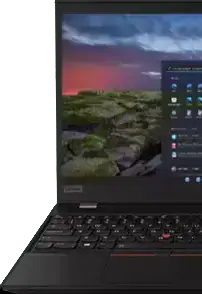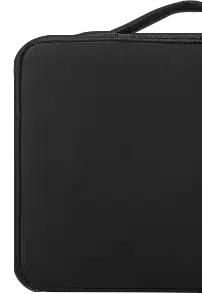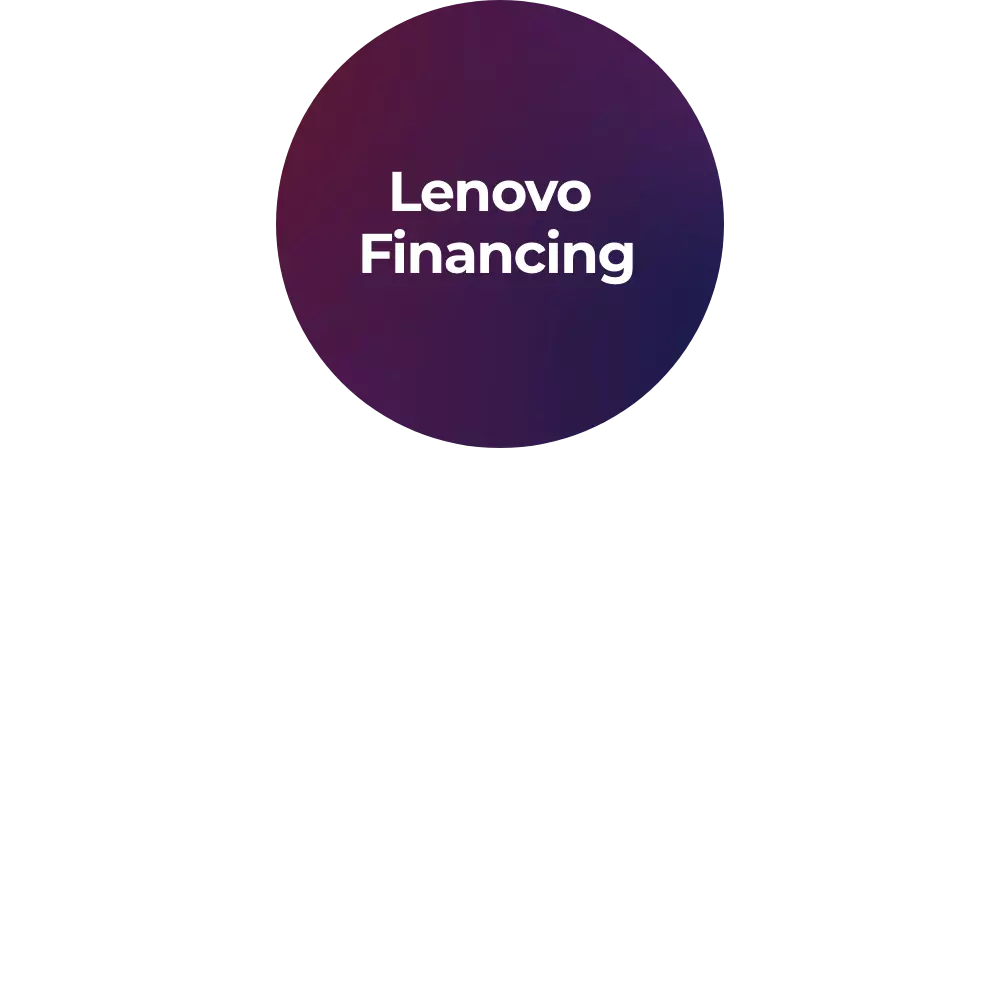What is an underclock?
Underclocking is the process of deliberately reducing a computer's clock speed, slowing down its central processing unit (CPU). This is the opposite of overclocking, where you increase the clock speed for better performance. Underclocking is often done to decrease power consumption, reduce heat generation, or extend the lifespan of a computer component. It's a way to balance performance with energy efficiency.
Why would I want to underclock my computer?
Underclocking can be useful in situations where you prioritize energy efficiency over maximum performance. If you're using an older computer or a device with limited cooling capabilities, underclocking can help manage heat and prevent overheating. This is particularly relevant for laptops and other portable devices where managing heat is crucial for maintaining optimal performance.
Can underclocking extend the lifespan of my computer?
Yes, underclocking can potentially extend the lifespan of your computer components. Running a processor at lower clock speeds generates less heat, reducing overall stress on the hardware. Heat is a major factor contributing to the degradation of electronic components over time. By underclocking, you can mitigate the impact of heat and enhance the longevity of your central processing unit (CPU) and other hardware.
How do I underclock my CPU?
Underclocking can be achieved through the computer's BIOS or unified extensible firmware interface (UEFI) settings. Access these settings during the boot process by pressing the designated key (often Del, F2, or Esc) and navigate to the central processing unit (CPU) settings. Look for options related to clock speed or frequency and adjust them to lower values. Keep in mind that the specific steps can vary depending on your motherboard and BIOS/UEFI version, so consult your device's documentation for guidance.
Does underclocking affect performance?
Yes, underclocking does impact performance. By reducing the clock speed, you are slowing down the processing capabilities of your central processing unit (CPU). While this may lead to decreased performance in resource-intensive tasks, it can be a trade-off for improved energy efficiency, reduced heat, and potentially longer hardware lifespan. Consider your specific needs and usage patterns when deciding whether to underclock your computer.
Can underclocking help with noise reduction?
Underclocking may contribute to noise reduction in some cases. Slowing down the central processing unit (CPU) typically results in lower fan speeds, reducing overall system noise. This can be beneficial for users who prioritize a quieter computing environment, such as those working in a shared office space or using their computers in a noise-sensitive environment.
Can underclocking save power?
Yes, underclocking can save power. Lowering the clock speed of your central processing unit (CPU) reduces the amount of electricity it consumes, leading to decreased power consumption. This can be particularly relevant for users who prioritize energy efficiency, whether for environmental reasons or to extend the battery life of laptops and other portable devices.
When is underclocking particularly useful?
Underclocking is particularly useful in situations where power consumption and heat management are critical considerations. For example, in a server environment where multiple machines are running continuously, underclocking can contribute to energy savings and reduce the need for extensive cooling systems. It's also valuable for users with older hardware looking to balance performance and energy efficiency.
Could underclocking be a solution for an overheating computer?
Yes, underclocking is a potential solution for an overheating computer. If your system is prone to overheating, especially during demanding tasks, underclocking can help manage the temperature by reducing the heat generated. This can prevent thermal throttling and maintain stable performance without risking damage to the hardware due to excessive heat.
What are some real-world scenarios where underclocking is beneficial?
In real-world scenarios, underclocking can be beneficial for various applications. For example, in a home server setup, underclocking can save energy and reduce heat generation while still providing sufficient processing power for server tasks. In media center PCs used for streaming or watching videos, underclocking can create a quieter and more energy-efficient experience without sacrificing multimedia playback performance.
What tools or software can assist with underclocking?
Several tools and software applications are designed to assist with underclocking. Manufacturing units often provide proprietary software that allows users to adjust clock speeds within the operating system. Additionally, other tools like MSI Afterburner or Intel® Extreme Tuning Utility (XTU) offer more advanced options for underclocking and monitoring system performance. Always use reputable software and follow guidelines to avoid potential issues.
Can underclocking be used to improve battery life on a laptop?
Yes, underclocking can be used to improve battery life on a laptop. By lowering the clock speed of the central processing unit (CPU), you reduce the power consumption, extending the time your laptop can run on battery power. This is particularly useful in situations where you need to maximize battery life, such as when working on the go or during long flights where charging options may be limited.
How does underclocking affect gaming performance?
Underclocking can have a noticeable impact on gaming performance. Games often demand high processing speeds and reducing the clock speed of the central processing unit (CPU) or graphics processing unit (GPU) can lead to lower frame rates and decreased responsiveness. While underclocking may help manage heat and power consumption, it's essential to consider the specific requirements of your favorite games. Finding a balance that meets both energy efficiency and gaming performance needs is crucial.
Can I underclock specific cores of a multi-core processor?
Yes, many modern processors are equipped with multiple cores, and some systems allow for individual core adjustments. This means you can selectively underclock specific cores rather than applying the same clock speed reduction across all cores. This level of customization enables a more nuanced approach to balancing performance and energy efficiency based on the demands of different applications and tasks.
What impact does underclocking have on multitasking?
Underclocking can affect multitasking performance, especially in scenarios where multiple applications are running simultaneously. If the overall processing power is reduced, you may experience slower response times when switching between tasks or running resource-intensive applications concurrently. When considering underclocking for energy efficiency, it's crucial to evaluate your multitasking habits and determine whether the potential reduction in performance aligns with your computing needs.
Could underclocking be a solution for a noisy computer fan?
Yes, underclocking can be a solution for a noisy computer fan. Fans often speed up in response to increased heat, and by underclocking, you can manage heat generation and reduce the need for the fan to operate at higher speeds. This can result in a quieter computing experience, especially in situations where a noisy fan is bothersome, such as in a home office or a bedroom.
















